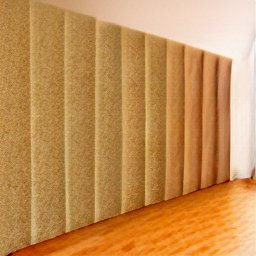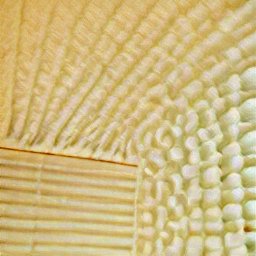There are many materials on the market that can be used to soundproof a room. The most common type of soundproofing material is insulation. It is important to use the right type of insulation for the job. There are many different types of insulation, and each one has its own set of benefits and drawbacks.
Some types of insulation, such as fiberglass, are good at blocking out sound from the outside. However, they are not very effective at blocking out sound from the inside of the room. Other types of insulation, such as foam, are good at blocking out both exterior and interior sound.

In addition to insulation, there are a variety of other soundproofing materials on the market. These include sound-dampening materials, such as sound-absorbing foam, and sound-blocking materials, such as acoustic panels.
Each type of material has its own set of benefits and drawbacks. It is important to choose the right material for the job, and to use it correctly. If you are not sure which material to use, or how to use it, consult a professional.
There are numerous reasons why people may want to soundproof their homes. Maybe they live in a busy city and want to reduce the amount of outside noise that comes in. Or maybe they have children or pets that they don’t want to disturb with loud noises. Whatever the reason, there are a few different types of soundproofing material that can be used to achieve the desired results.
One popular type of soundproofing material is acoustic foam. This is a soft, spongy material that is designed to absorb sound. It is usually attached to the walls or ceilings of a room, and can help to reduce noise levels by up to 50%. Another type of soundproofing material is called mass loaded vinyl. This is a heavy vinyl material that is used to block sound from entering or leaving a room. It is often used in conjunction with acoustic foam, and can help to reduce noise levels by up to 90%.
There are also a number of soundproofing materials that can be used on windows and doors. One popular option is acoustic seals, which are strips of foam or rubber that are attached to the door and window frames. They help to reduce noise levels by preventing sound from travelling through the gaps around the door or window. Another option is acoustic curtains, which are made from heavy fabric that is designed to absorb sound. They can be hung in front of windows or doors to help reduce noise levels.
There are a number of different types of soundproofing material available, and each one has its own advantages and disadvantages. It is important to choose the right material for the specific application, and to consult with a professional if necessary. By using the right soundproofing material, it is possible to greatly reduce the amount of noise that is present in a home.
